
If you’re like most parents with young children, you probably don’t think twice about renting cars when traveling to faraway places on vacation. And once you’ve gotten off the plane and gotten a car, you probably don’t think twice about picking up a rented car seat. After all, you’re already ahead of the game by choosing a rental car seat instead of just strapping your little ones into cars with seat belts, and the rental car company surely wouldn’t offer you car seats that weren’t safe, if not fancy…right?
Unfortunately, reality can be a bit more complex when it comes to renting car seats. Today, let’s take a look at whether or not it’s worth it to invest in rental car seats while you’re traveling or on vacation. I don’t think it’s worth it, and here’s why.
Why use car seats in the first place while traveling? Aren’t seat belts safe enough?
Seat belts are better than nothing, but they aren’t safe enough when it comes to transporting children in most moving vehicles. You’ll want to use car seats while driving, whether in your vehicle, in a taxi or Uber, or while renting a car because the physics are the same in any normally-sized passenger vehicle. Kids are safest when you rear-face them as much as possible (ideally until 4!), harness them in forward-facing seats for several years more (ideally until 6, 7, or 8!), and then switch them out of booster seats only when they pass the 5 step test (which typically happens between 10 and 12). Unless you’re traveling by train or bus, these are principles to live by.; they keep kids safe by reducing the forces they experience in vehicular collisions.
This also applies when traveling by plane, by the way. The Federal Aircraft Administration, the American Association of Pediatricians, and the National Transportation Safety Board agree that kids should fly in installed car seats on airplanes, and I agree with them, even though air travel is by far and away the safest way to travel per mile. That said, if there’s a time when you can get away with not using car seats when you should be using them, it’s during air travel.
Now that we’ve reviewed when you’ll want to have car seats available, here are a number of reasons why you shouldn’t plan on renting whatever the local rental car company has on hand when you arrive at your vacation destination.
1. The right seats for the right ages are often unavailable.
Car rental companies are in the business of renting cars; car seats are an afterthought if they’re considered at all. What this means is that even if you find a rental company that does rent car seats, there’s a good chance that the seats aren’t going to do what you need them to, which is keep your kids restrained appropriately relative to their physical and psychological development.
You’ll find many rental companies that only stock the cheapest rear-facing convertibles; the kinds that most kids will outgrow long before they turn 2 (and remember that you’ll want to rear-face until 4). You’ll find other car companies only stock bucket seats and booster seats; your 2-year old won’t fit in the bucket seat and will need to choose between the seat belt and the booster seat. Both are horrible choices for a 2 year old. Both are horrible choices for a 3, 4, and 5 year old. Ideally, kids should still be rear-facing at 2, 3, and 4 (or even beyond if you can help it), and should be in harnessed seats until 8 if possible.
And if you happen to have an 8-year old, the chances are good that the booster seats won’t even fit him or her. The odds of finding boosters that fit your 9, 10, 11, or 12 year old are even lower, even though many kids will need to be in boosters during those ages.
You might find great cars that fit your family at a rental company, but you’re unlikely to find safe car seats that fit your children.
2. The seats that are available are often damaged, expired, or both.
However, let’s say that you’re lucky enough to find car seats that do fit your children at their physical or psychological stages of development. You’re not out of the woods yet; the odds are good that the seats will be expired. Rental companies aren’t legally required to keep up to date car seats; it’s up to you to make sure that the seats you’re getting are still safe for use. Remember that car seats do expire (typically between 6 and 10 years, depending on the seat).
The information is usually available on a sticker on the side of the seat, but there’s always the possibility that the sticker might be removed accidentally or deliberately, or simply overlooked. And even if the seat isn’t expired, you have no way of knowing that the seat hasn’t been damaged in some way. Most car seat manufacturers stipulate that their seats are replaced after being involved in any collision. The rental company might disclose such collisions to you…but I wouldn’t bet on it. There’s also the fact that they simply might not know their car seats were involved in collisions, or even know that the seats should be replaced after such collisions.
This doesn’t even get into the fact that a rental car seat will almost be guaranteed to be missing an instruction manual. If you’re a car seat installation whiz, you might not need one, but if you’re dealing with an unfamiliar seat or aren’t comfortable with the installation process, it’s not something you’ll want to go without.
At this point, it’s probably starting to become clear, if it hasn’t already, that car seats in rental companies can have very murky histories.
3. Rented car seats are often more expensive than just buying new seats on-site.
Finally, and perhaps most practically, you’d often be better off financially just buying a new budget car seat wherever you’re traveling on vacation than trying to rent one from a rental company. Many companies will charge between $10 and $30 (or even more!) a day for a car seat, and it’s possible to get a cheap modern car seat for around $50 at a local box store. If you’re renting a seat for several days, you might quickly find yourself spending more than you would have if you’d just bought a new seat upon arrival at your destination. This is even more likely to be the case if you’re looking for booster seats, which tend to cost less than convertible or infant seats.
If I shouldn’t rent car seats, then what do you suggest when traveling or on vacation, Mike?
Great question! Personally, I’d recommend either bringing your seats with you ahead of time or buying new ones when you arrive. Bringing your seats will keep you from needing to go new seat shopping and will also let you work with seats you’re familiar with when it comes to installing them in your rented vehicles. You’ll also be able to use them on the airplane if you so choose, since most seats are FAA approved. If you buy a seat on-site, you’ll save money compared to a rental in many cases while having the knowledge and security that the seat you bought has never been involved in a collision, lapsed into expiration, or featured out of date safety standards.
Travel can be a wonderful experience for adults and children alike; make it a safe one by staying away from rented car seats if at all possible.
—
If you find the information on car safety, recommended car seats, and car seat reviews on this car seat blog helpful, you can shop through this Amazon link for any purchases, car seat-related or not. Canadians can shop through this link for Canadian purchases.

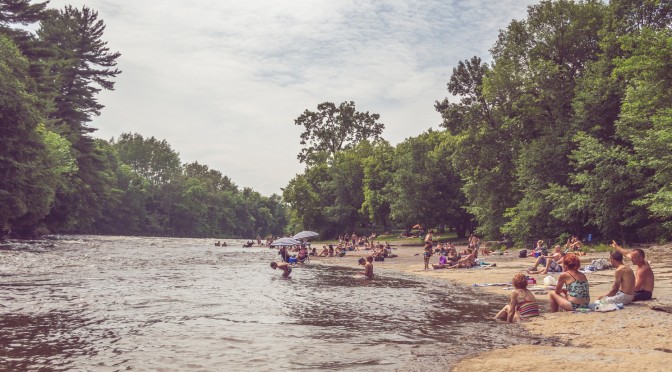
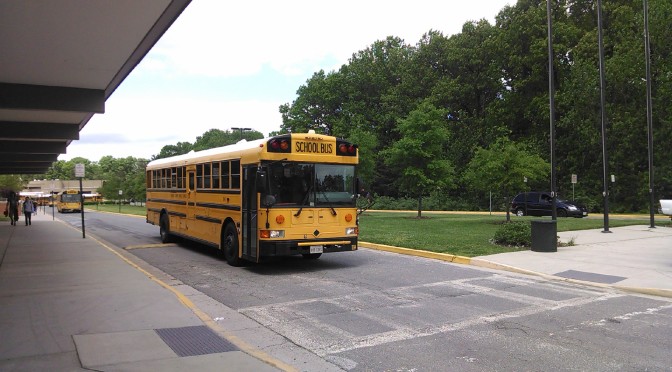
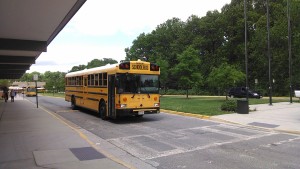
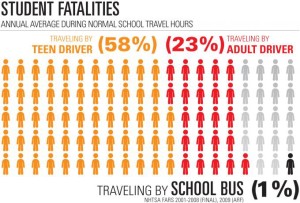
 If you find my information on best practices in car and car seat safety helpful, you can
If you find my information on best practices in car and car seat safety helpful, you can 



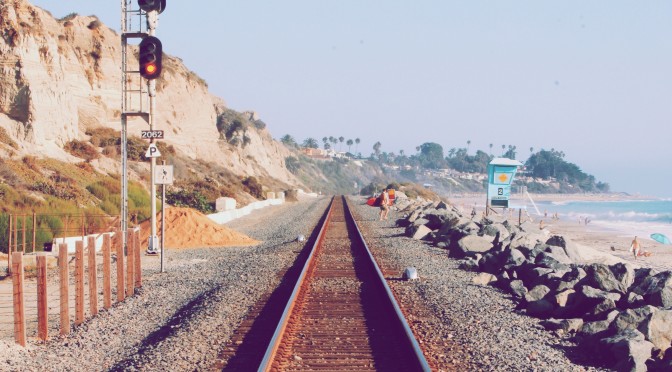
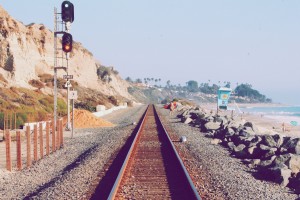 I’ve written extensively about how important it is to keep our children safely and properly restrained in car seats, in order to maximize their odds of surviving car collisions. In the United States, the leading cause of death for children between the ages of around 1 and 14 are car collision-related trauma, or car accidents. We can increase the likelihoods of keeping our kids safe in cars, SUVs, minivans, and pickup trucks of all sizes by rear-facing as long as possible, forward-facing as long as possible, and using booster seats until our kids pass the 5-step test. This is the meat and potatoes of this blog. However, our kids don’t simply travel in private vehicles. Sometimes we choose to take taxis, buses, airplanes, and trains. How do we keep our kids safe in those?
I’ve written extensively about how important it is to keep our children safely and properly restrained in car seats, in order to maximize their odds of surviving car collisions. In the United States, the leading cause of death for children between the ages of around 1 and 14 are car collision-related trauma, or car accidents. We can increase the likelihoods of keeping our kids safe in cars, SUVs, minivans, and pickup trucks of all sizes by rear-facing as long as possible, forward-facing as long as possible, and using booster seats until our kids pass the 5-step test. This is the meat and potatoes of this blog. However, our kids don’t simply travel in private vehicles. Sometimes we choose to take taxis, buses, airplanes, and trains. How do we keep our kids safe in those?